LED lifespan: myths and realities to know before buying
We often hear that LEDs last "for decades"... but what is the truth? Behind the marketing promises, the durée de vie ampoule led depends on many factors: manufacturing quality, usage, environment, etc. In this article, we separate fact from fiction to help you better understand what you are buying. From the promise of 50,000 hours to the causes of a ampoule led qui grille prematurely, here is everything you need to know before making your choice.

How does an LED bulb work?
Before addressing questions of fiabilité ampoule led or lifespan, it is useful to understand how this technology works. An LED bulb is based on an electronic component called a light-emitting diode (Light Emitting Diode). When an electric current passes through this diode, it emits light without significant heat release, unlike older halogen or incandescent technologies.
But an LED does not work alone: it is usually integrated into a more complex circuit including a heat sink (to dissipate the produced heat), a diffuser (to homogenize the light), and especially a driver. This electronic driver regulates the electric current to ensure stable and safe operation of the LED. Poor driver quality is one of the main causes of problème led or premature failure.
This low voltage operation, combined with the absence of filament or gas, gives LEDs greater resistance to shocks, vibrations, and repeated switching on. But that does not mean they are eternal...
What is the real lifespan of an LED?

We often hear that LED bulbs last between 15,000 and 50,000 hours. But what do these numbers really mean? Unlike a filament bulb that suddenly stops working, an LED ages slowly: its luminous flux gradually decreases. This is called “useful lifespan,” defined by the L70 threshold, which is the moment when the LED emits only 70% of its initial light.
Under normal usage conditions, how many hours does an led last? On average, a quality LED can operate effectively for 25,000 to 35,000 hours. This represents more than 10 years of use at 8 hours per day. The most efficient models, often used in professional environments, can reach 50,000 hours, provided they benefit from a good thermal dissipation system and a reliable driver.
These durations are theoretical, however. Reality depends on many factors: ambient temperature, ventilation, switching frequency, and of course manufacturing quality. To extend the durée de vie ampoule led, it is essential to choose products designed by reputable brands and to adapt their use to their environment.
The 6 factors that reduce the lifespan of an LED
LEDs are often praised for their exceptional longevity, but their lifespan can vary considerably depending on use and environment. Several technical or installation factors can compromise their long-term performance. Here are the most common.
1. Ambient temperature
LEDs are sensitive to heat. A high ambient temperature, especially in poorly ventilated fixtures or those exposed to direct sunlight, accelerates the aging of electronic components. Chronic overheating can cause a common problème led: premature decrease in luminous flux or failure of the internal system.
2. Driver quality

The driver is the component that converts mains current into current adapted to the LED. Its stability is essential. A low-end or poorly sized driver generates surges, reduces energy efficiency, and shortens the lifespan of the luminaire. Choosing a certified driver adapted to the LED model used is a guarantee of reliability.
3. Dimmer compatibility
Many LEDs are not compatible with standard dimmers. A poor match can cause flickering, random starting, or premature wear. It is therefore important to check that the bulb is dimmable and that the dimmer is designed for LED loads.
4. Poor wiring
An outdated, poorly wired electrical installation or one with voltage drops can harm power supply stability. LED bulbs are more sensitive than older technologies to current variations. This can cause micro-cuts or performance drops that are difficult to detect with the naked eye.
5. Dusty or humid environment
Exposure to extreme conditions (dust, humidity, vapor, chlorine…) is a formidable enemy. These elements can infiltrate circuits and cause short circuits or progressive oxidation of components. A ampoule led qui grille shortly after installation in a humid environment is often a symptom of a luminaire unsuitable for its environment.
6. Intensive use or repeated switching on
Although LEDs tolerate on/off cycles better than traditional bulbs, intensive use, for example 24/7 in common areas or parking lots, can cause premature driver fatigue or continuous temperature rise. Likewise, very frequent switching can weaken some internal components if they are not designed for it.
Common misconceptions about LEDs
Despite their widespread success, LEDs remain surrounded by many false ideas. While their technology is indeed revolutionary, it is not infallible. To better anticipate your purchases, here are some widespread beliefs to nuance.
- "LEDs never burn out" False: Like any electronic component, an LED can fail. A ampoule led qui grille is often the result of a defective driver, overheating, or misuse.
- "The more expensive, the longer it lasts" Not always: The price depends on design, brand, or additional features (connectivity, dimming). It does not alone guarantee a longer durée de vie ampoule led.
- "It’s guaranteed for life" Warranty does not mean real lifespan: A manufacturer’s warranty may cover 2 to 5 years, but that does not mean the LED will work perfectly beyond that. The notion of “lifespan” depends on usage intensity and installation conditions.
- "All LEDs are the same" False: Quality varies greatly depending on the manufacturer. Between an industrial quality component and a low-end LED, the gap in fiabilité ampoule led can be considerable.
Well chosen and well installed, an LED offers excellent durability, but it remains a technical product, with its limits and specificities.
How to choose reliable LEDs?

To avoid any unpleasant surprises, it is better to favor LEDs from recognized brands, with proven fiabilité ampoule led. Check essential information: indicated lifespan (in hours), color temperature (Kelvin), luminous flux (lumens), color rendering index (CRI), and presence of certifications like CE or RoHS. A warranty of 2 to 5 years is also a good quality indicator. Finally, trust specialized sellers who carefully select their products and provide real after-sales service.
Our selection of long-lasting LEDs
At LA LUMIERE, we select quality LED luminaires and LED bulbs designed to combine luminous performance, low consumption, and excellent durability. Here are three models favored by our customers for daily use with confidence:
- Modern LED pendant light: whether you want to light a kitchen, living room, or dining room, our selection of LED chandeliers offers varied styles and prices suited to all interiors.
- LED bulb: explore our selection of LED bulbs compatible with most luminaires, combining performance, design, and visual comfort.
- Outdoor LED luminaires: designed to withstand weather while providing effective lighting, our outdoor LED luminaires enhance your facades, paths, or terraces while ensuring energy efficiency and long lifespan.
👉 Find all our advice for: choosing your LED bulbs well.
Conclusion: bet on quality for true durability
LEDs are an excellent long-term lighting solution, provided you choose suitable and reliable products. While some misconceptions persist, it is now possible to light efficiently, durably, and with style. To avoid any problème led or ampoule led qui grille too early, bet on reputable brands, controlled use, and careful installation.
Want to invest in lighting that is both efficient and elegant? Discover all our LED luminaires and enjoy a curated selection designed to last.

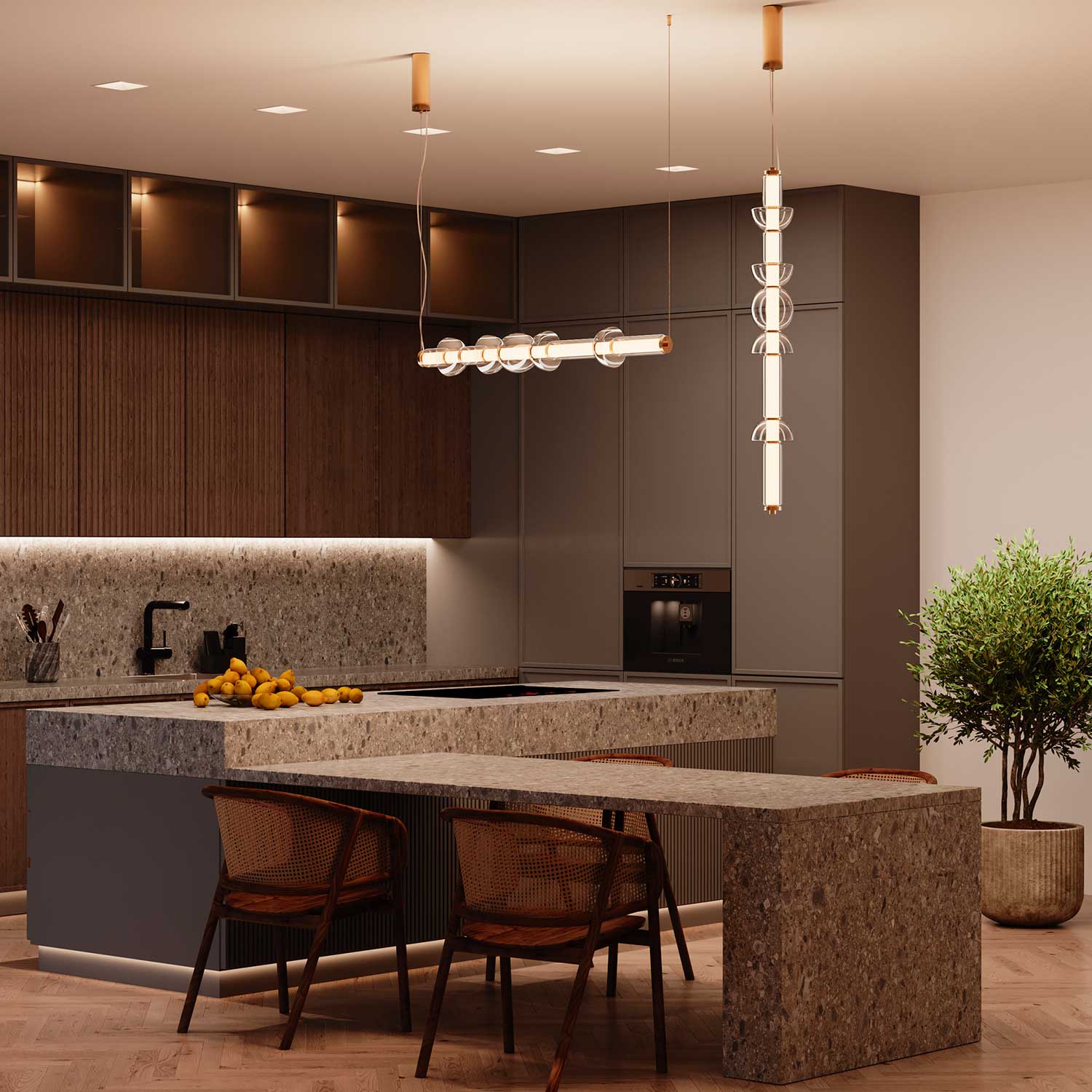
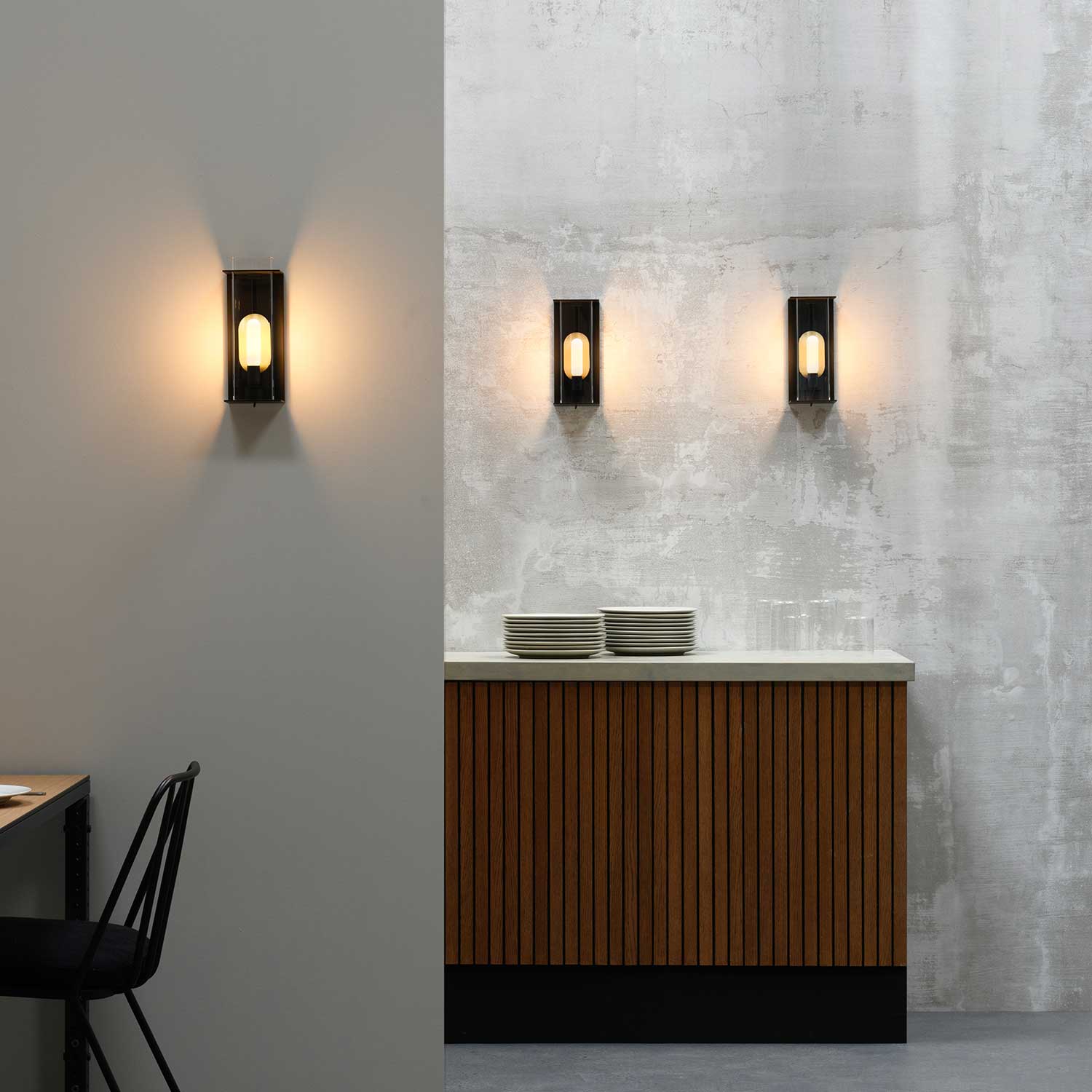
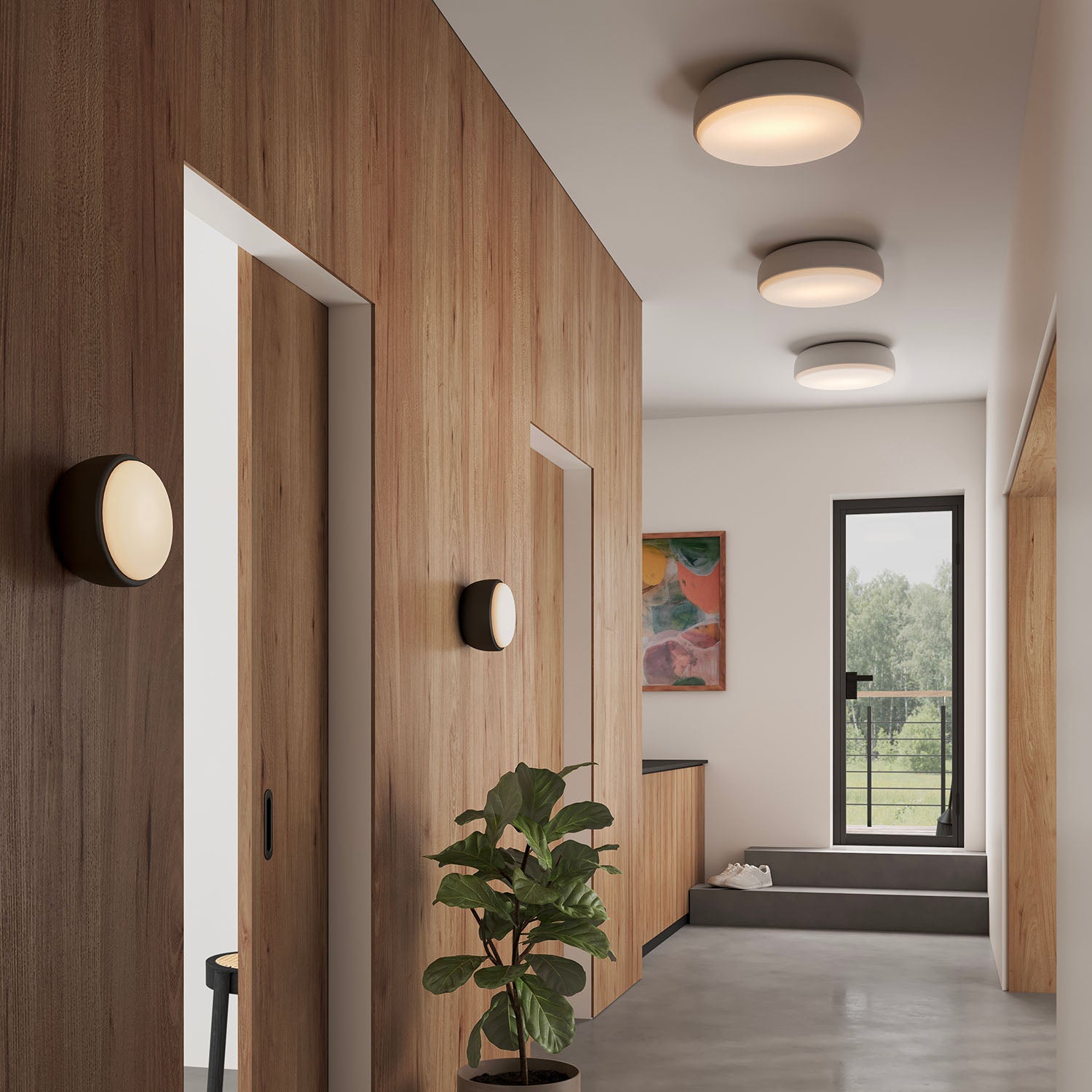
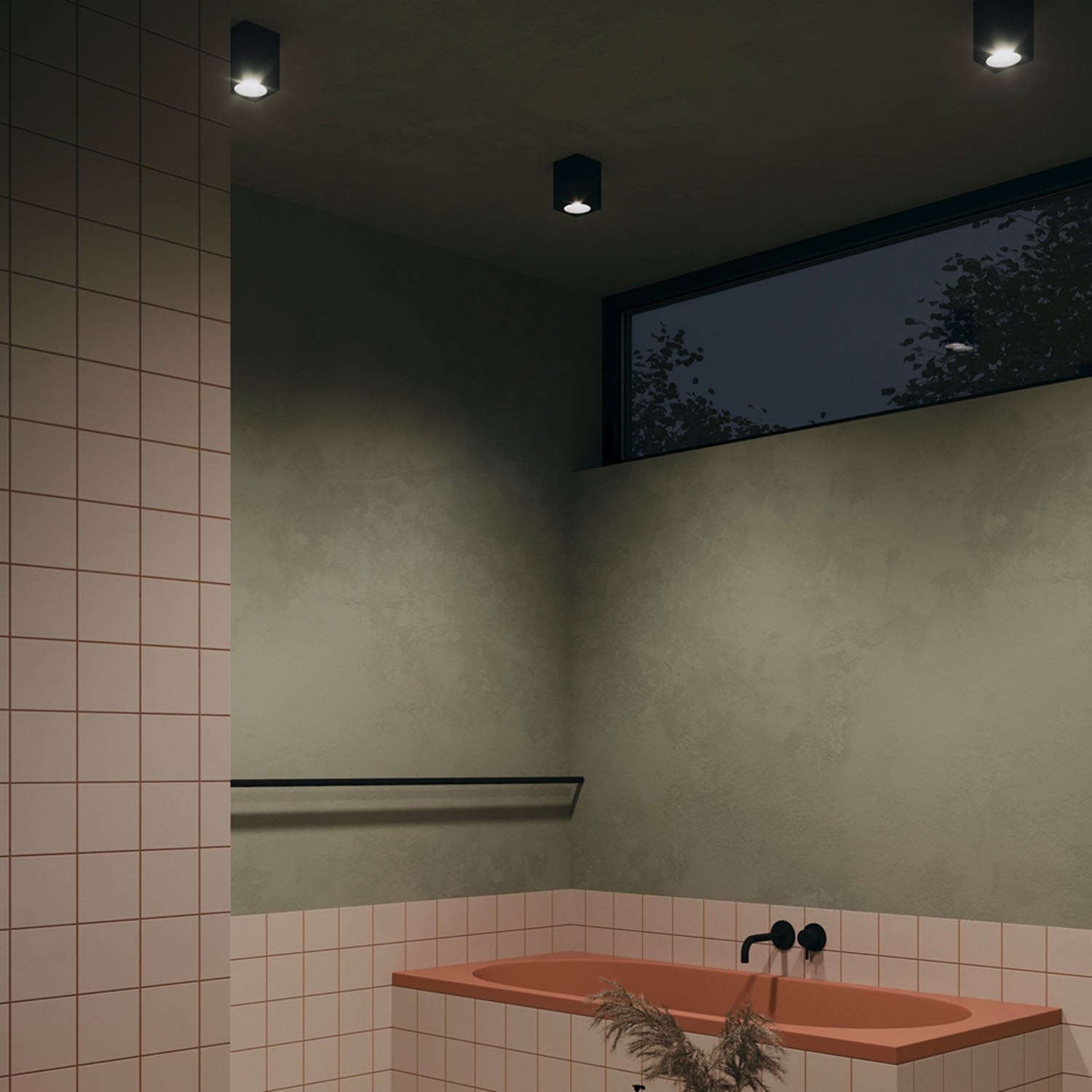
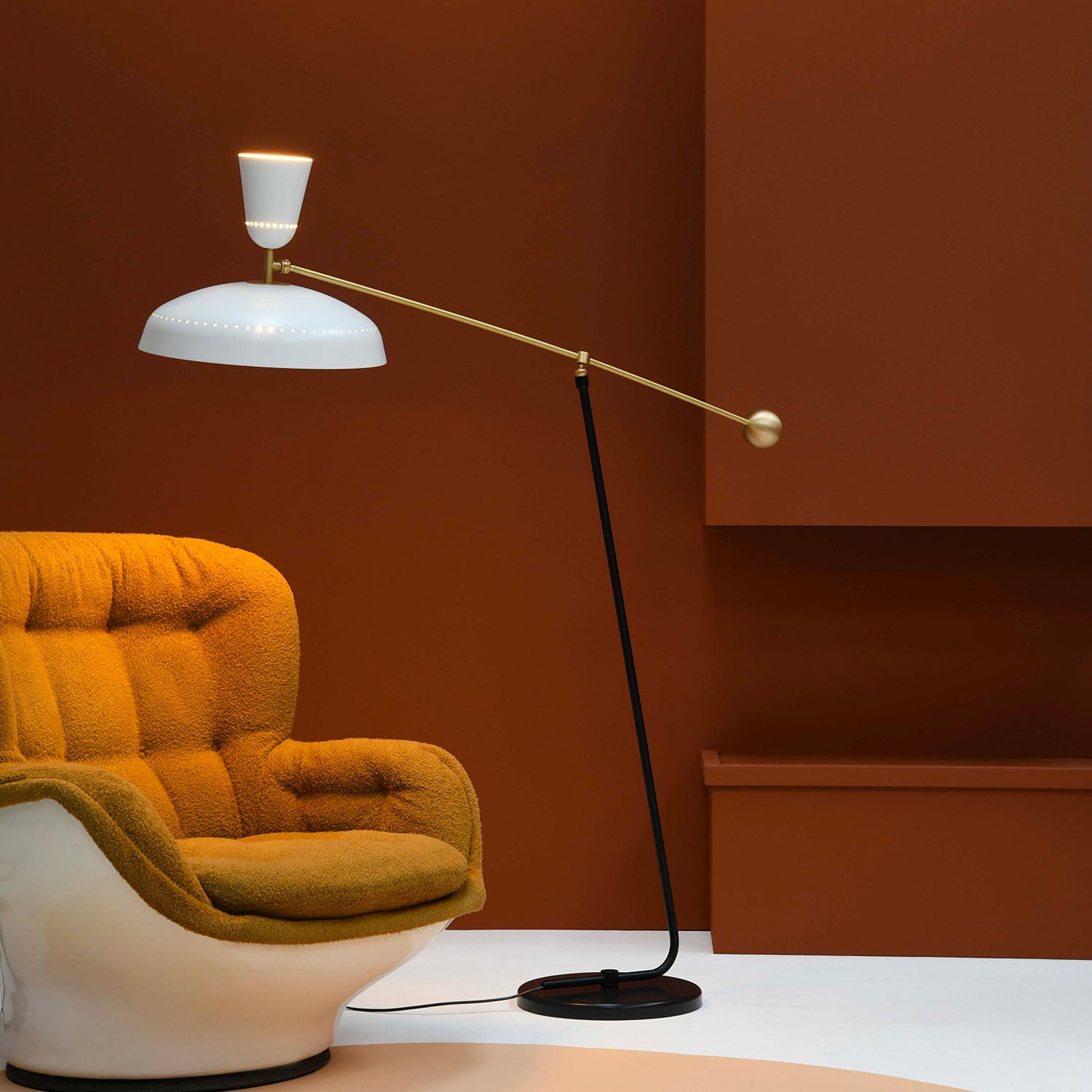
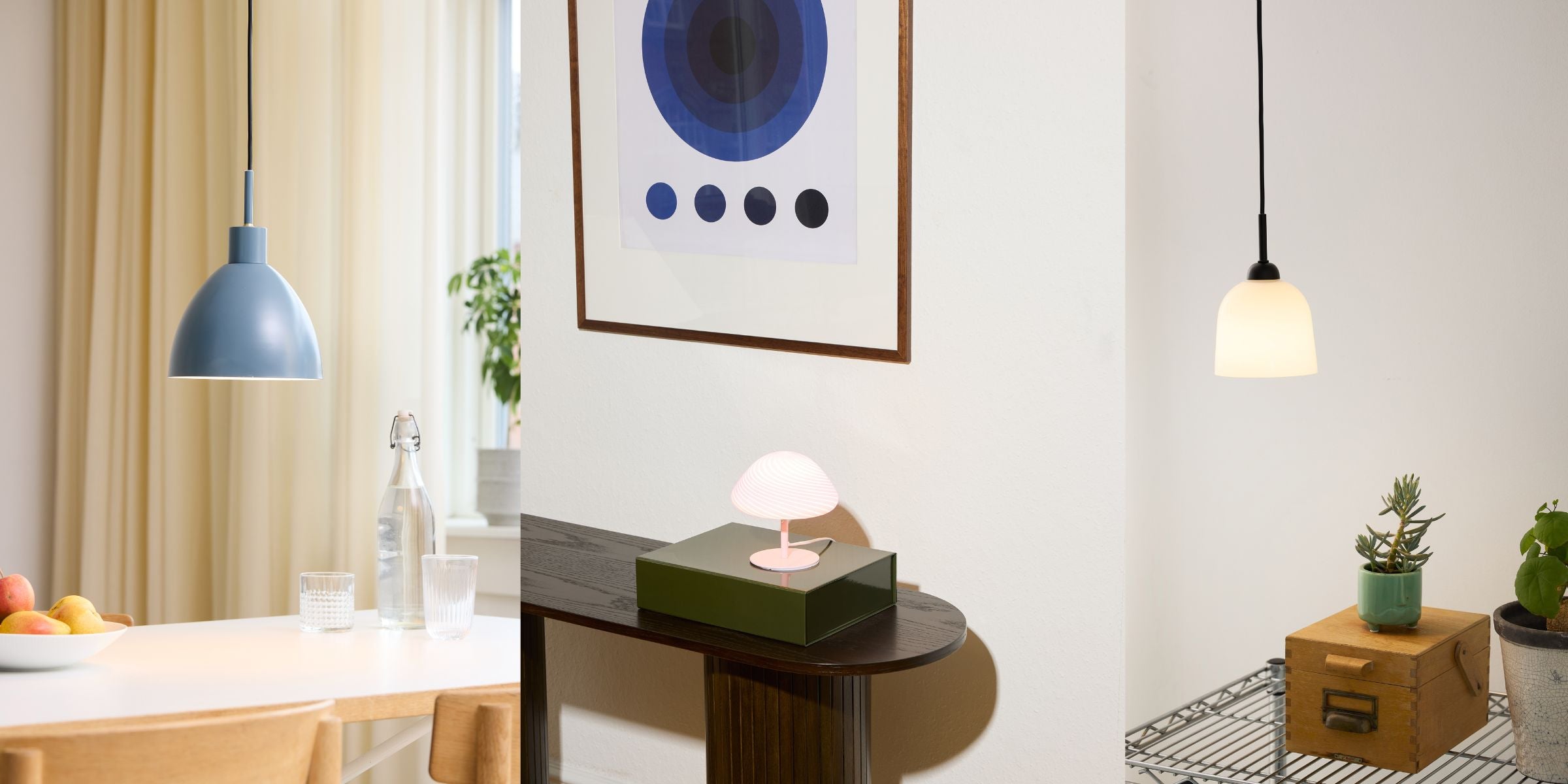
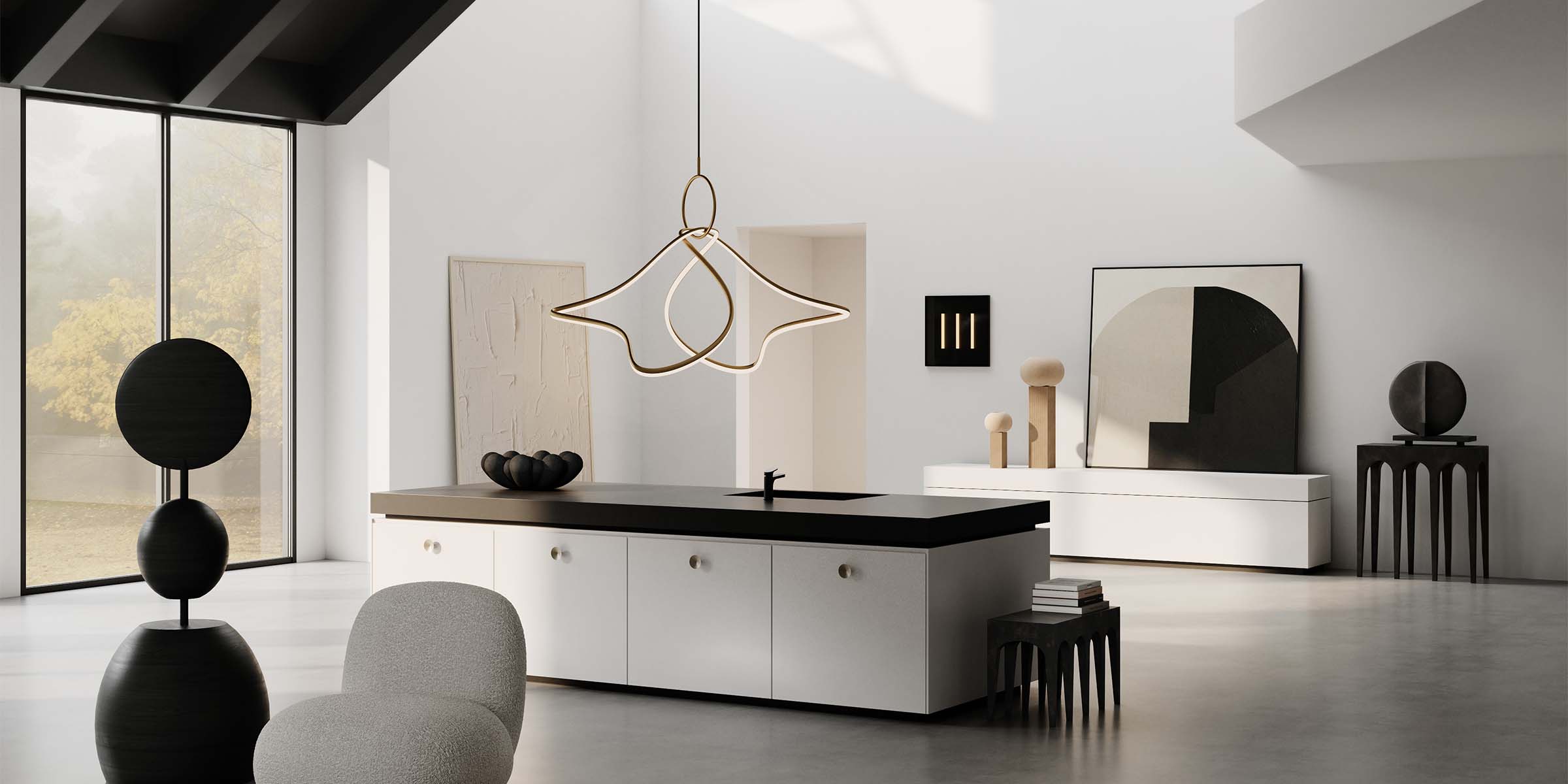
Leave a comment
This site is protected by hCaptcha and the hCaptcha Privacy Policy and Terms of Service apply.